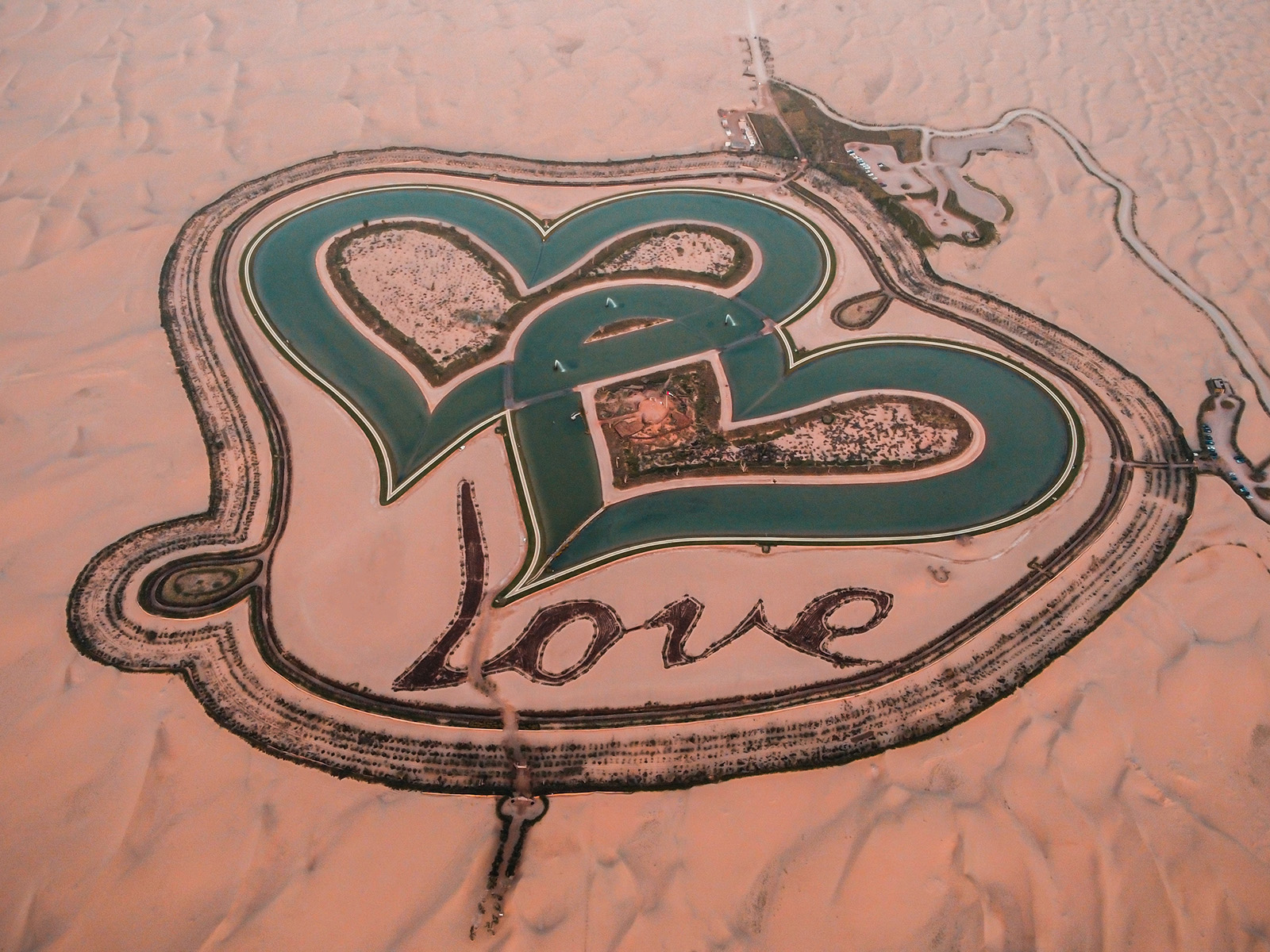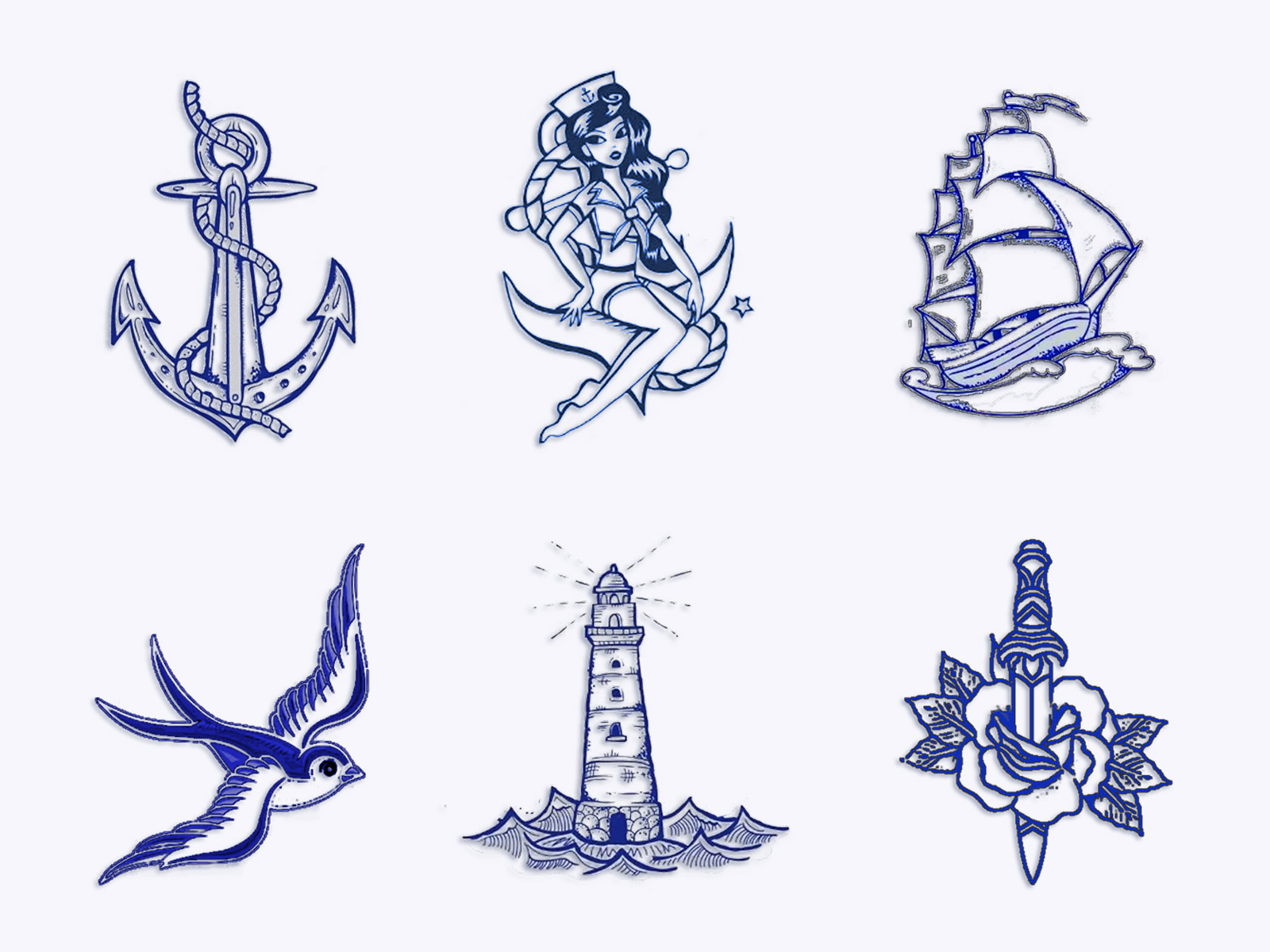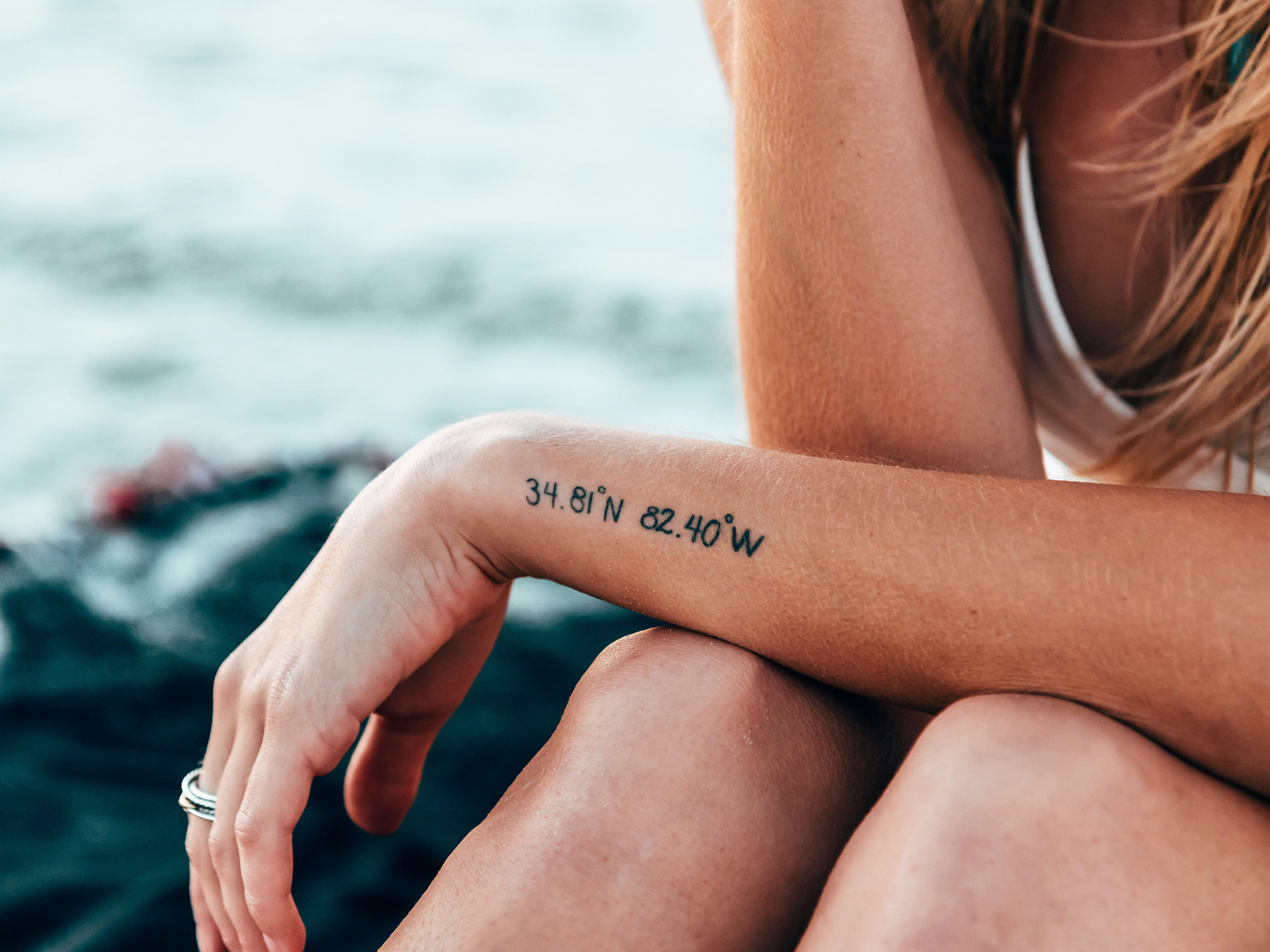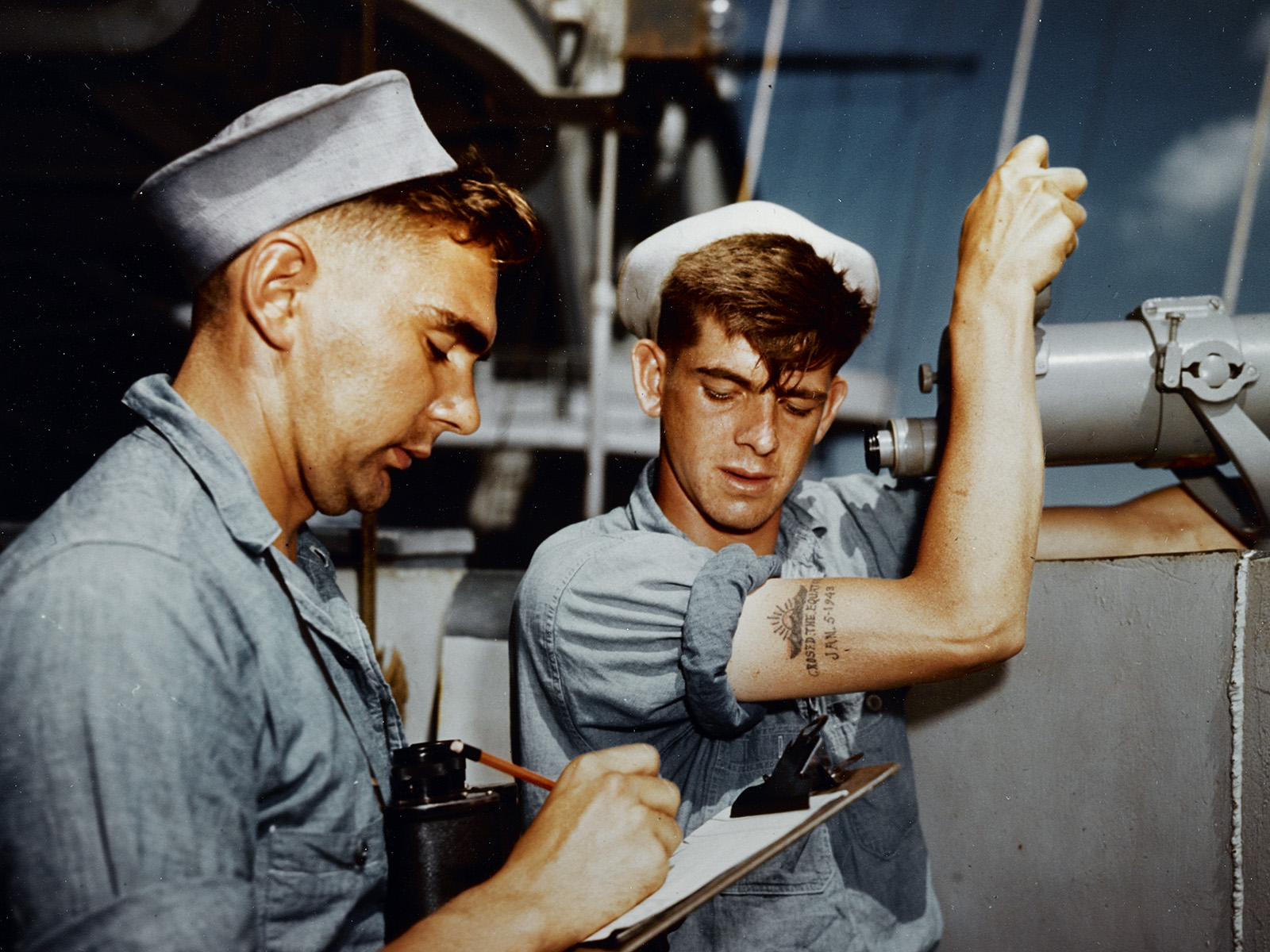What do sailor tattoos mean?
Captain James Cook, who navigated the oceans and had a nephew married to the Ottoman religious scholar Ebubekir Efendi, made a note in his diary during his 1776 voyage that reads: "The universality of the tattoo is a phenomenon to be pondered." Taking the captain's observation as a starting point, we conducted research into the meanings of traditional sailor tattoos.
It is widely accepted that tattoos were spread around the world thanks to maritime explorers. Sailors would tattoo their bodies during long voyages to pass the time, and since the 1950s, these tattoos have become a popular fashion trend, with some becoming classics. While many of these tattoos may appear simple, they often hold deep and meaningful significance.

Anchor: Anchor represents honor, loyalty and hope. In ancient times, it signaled a sailor's crossing of the Atlantic Ocean. Over time, merchant ship crews also began to get this tattoo. Today, every young sailor entering naval service has one of these.
Cross Anchors: This tattoo, usually placed between the thumb and index finger, signified that a sailor was the ship's boatswain (chief). However, you couldn't get it on any hand. If the sailor sailed all oceans, he had to get the cross anchors on his left hand; if he sailed all seven seas instead of the oceans, he had to get this tattoo on his right hand.
Dagger Piercing the Heart: It emphasized the importance of loyalty, often embroidered on the body with the slogan "Death Before Dishonor".
Dagger Piercing a Rose: A rose pierced with a dagger signified a sailor, extraordinarily brave and ready to fight against all odds.

Compass Rose (Star of the Sea): Not just because it had a stylish graphic, but so that the sailor could always find his way back to port.
"Hold Fast”: The phrase "Hold Fast" was tattooed on the crewman's fingers backwards, letter by letter, so that onlookers could read it. This way, every time the deckhand looked at his hand, he would be reminded to grip the rope tightly and not drop it overboard.
Cross: Beyond being a symbol of faith, cross tattoos were believed to repel sharks when placed on the soles of the feet.
Fully Equipped Ship: This tattoo was reserved for the bravest and best sailors who could round Cape Horn in Chile, the southernmost point of South America. Similarly, only sailors who circumnavigated Cape Horn could wear an earring in the ear facing the mainland.

Golden Dragon: Sailors passing through the "Kingdom of the Golden Dragon" (Asia) would get a tattoo of the international date line, which is a line that is internationally recognized and that encircles the earth at the 180th meridian and indicates the transition from one calendar day to the next.
Star of the Sea: It functioned as a compass, representing the North Star. It both guided sailors and represented the return home.
Mermaid: Mermaid was a warning symbol. They were believed to lead sailors to their death with their mesmerizing beauty and seductive voices. Therefore, this tattoo was a reminder of the dangers of a long voyage. On the other hand, the mermaid tattoo was believed to bring good luck to those who fell overboard.
Rope: This tattoo, which wrapped around the wrist, signaled the sailor who was responsible for holding and tying the rope and reminded him of his responsibility. Unlike the tattoo of the crossed anchors, the sailor could wear this tattoo on any wrist.
Pig and Rooster: The pig and the rooster were believed to be the animals responsible for protecting sailors from drowning. For this reason, a pig was tattooed on the left foot and a rooster on the right before sailing.
Water Turtle: This tattoo signified that the sailor had successfully crossed the equator line. In addition to the water turtle, the tattoo of Poseidon, also known as Neptune, meant the same thing.
Lighthouse: Once upon a time, one of the greatest dangers for a ship was to crash into the rocks in the dark of night. Lighthouse tattoos, like the real thing, were believed to protect the ship from hitting the rocks.
Propeller: Mostly preferred by sailors working in the boiler rooms of steamships, the propeller tattoo was believed to protect sailors from drowning. Sailors would get a large propeller tattoo on each thigh to keep them afloat and bring them home to their loved ones safely.
Dice: Dice tattoo was for those who like to take risks and gamble.
Geographic Coordinates: This tattoo, which is still widely used today, shows the coordinates of the sailor's home or an important place in his life.
Swallow: Each swallow tattoo signified that the sailor had covered 5,000 nautical miles. When the distance traveled reached 10,000 nautical miles, a second swallow was tattooed on the body. The second tattoo could also be a sparrow. This tattoo was sometimes accompanied by the name of a spouse or lover. It was also believed that swallows carried the souls of sailors who died during the voyage to heaven. Sailors would get a tattoo of a dagger on a swallow in memory of their fallen friends.
Photographs: Khaled Alobaidli, Cody Black (Unsplash), US National Archives


